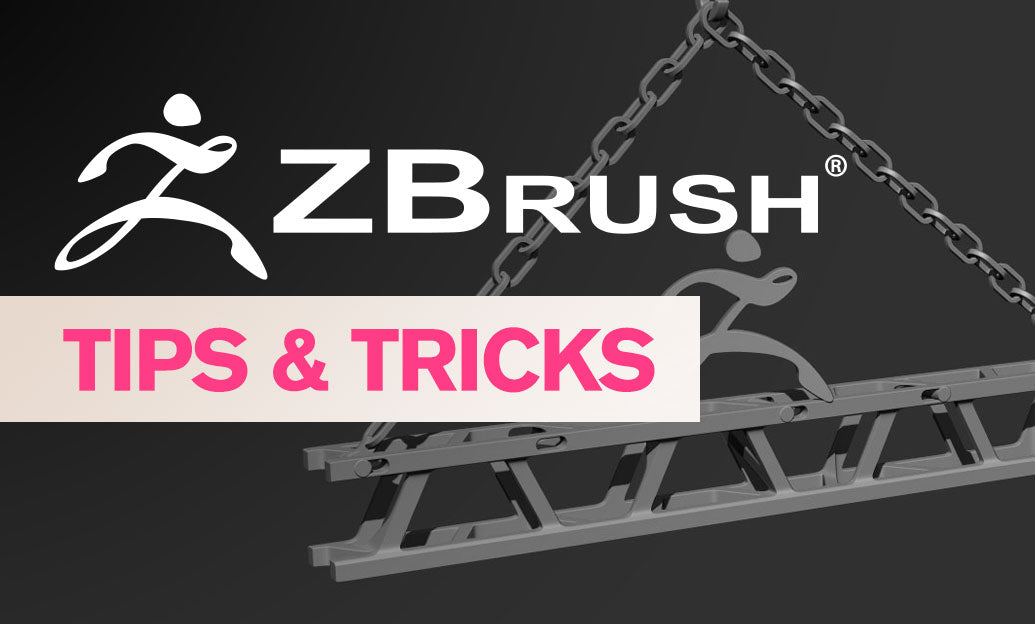Your Cart is Empty
Customer Testimonials
-
"Great customer service. The folks at Novedge were super helpful in navigating a somewhat complicated order including software upgrades and serial numbers in various stages of inactivity. They were friendly and helpful throughout the process.."
Ruben Ruckmark
"Quick & very helpful. We have been using Novedge for years and are very happy with their quick service when we need to make a purchase and excellent support resolving any issues."
Will Woodson
"Scott is the best. He reminds me about subscriptions dates, guides me in the correct direction for updates. He always responds promptly to me. He is literally the reason I continue to work with Novedge and will do so in the future."
Edward Mchugh
"Calvin Lok is “the man”. After my purchase of Sketchup 2021, he called me and provided step-by-step instructions to ease me through difficulties I was having with the setup of my new software."
Mike Borzage
Cinema 4D Tip: Techniques for Creating Realistic 3D Character Faces in Cinema 4D
January 22, 2025 2 min read

Creating a 3D character face in Cinema 4D is a crucial skill for bringing lifelike characters into your projects. Here are expert tips to help you craft a detailed and expressive face:
1. Gather Comprehensive Reference Material
- Collect high-resolution images from various angles—front, side, and three-quarter views.
- Include references of different facial expressions to understand muscle movements.
- Set up these images as Background Objects or use Image Planes for accurate modeling guidance.
2. Begin with Basic Shapes
- Start by blocking out the head's general form using primitive shapes like spheres and cubes.
- Utilize the Subdivision Surface modifier to smooth out shapes early on.
3. Focus on Topology and Edge Flow
- Ensure edge loops follow natural facial contours, especially around key areas like eyes and mouth.
- Proper topology is essential for realistic expressions and deformations during animation.
- Use tools like the Polygon Pen and Slide Tool to refine edge flow.
4. Utilize Detailed Modeling Techniques
- Employ the Knife Tool in Loop Mode to add geometry where more detail is needed.
- Refine facial features meticulously, paying close attention to the eyes, nose, lips, and ears.
- Use the Symmetry Object to model one side of the face and mirror it for efficiency.
5. Sculpt for Realism
- Switch to the Sculpting Layout to access advanced sculpting brushes.
- Add fine details like wrinkles, pores, and subtle skin imperfections.
- Create Sculpt Layers to experiment without affecting the base mesh permanently.
6. Implement UV Mapping and Texturing
- Unwrap your model using the UV Editing tools for optimal texture placement.
- Create realistic skin textures using high-resolution images or hand-painted techniques.
- Apply textures using the Material Editor, utilizing channels like Diffuse, Bump, and Specular.
7. Design Realistic Eyes and Hair
- Model eyes with separate geometry for the cornea and iris to achieve depth.
- Use the Hair Object for eyelashes, eyebrows, and hair, adjusting parameters for natural appearance.
- Consider dynamics for hair movement if your character will be animated.
8. Set Up Proper Lighting and Rendering
- Use Area Lights and HDRI environments to create realistic lighting setups.
- Enable Global Illumination and Ambient Occlusion in render settings for enhanced realism.
- Experiment with the Physical Renderer or third-party render engines like Redshift for high-quality results.
9. Rigging and Facial Expressions
- Set up joints and weight maps to prepare the face for animation.
- Use the Pose Morph Tag to create a range of facial expressions and phonemes.
- Test animations to ensure deformations are natural and expressive.
10. Final Refinements
- Review the model for symmetry and correct any asymmetrical features unless intentional.
- Add finishing touches like skin variations, freckles, or scars to add character depth.
- Render test images from multiple angles to evaluate lighting and textures comprehensively.
Mastering the creation of a 3D character face takes practice and attention to detail. For advanced tools, plugins, and resources to enhance your workflow, explore the offerings at NOVEDGE, a leading provider of digital design software.
You can find all the Cinema 4D products on the NOVEDGE web site at this page.
Also in Design News

💎 Rhino Artisan Arrives in Turkey: Revolutionizing Jewelry Design
February 27, 2025 1 min read
Read More
ZBrush Tip: Mastering Curve Surface for Unique Textures in ZBrush
February 27, 2025 2 min read
Read MoreSubscribe
Sign up to get the latest on sales, new releases and more …



